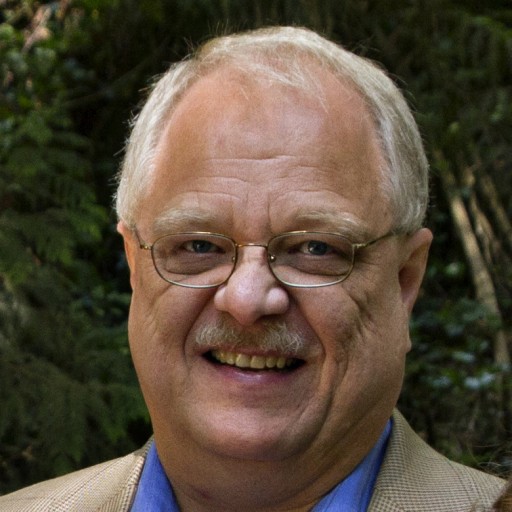Moving Towards a New Day
 Driving in fog poses a dangerous challenge. Doing so before sunrise increases the stress.
Driving in fog poses a dangerous challenge. Doing so before sunrise increases the stress.
My wife and I were enjoying a mid-autumn respite on the central Oregon coast. We set the alarm so we could be on the road in time to get to our grandsons’ soccer games by 8:00. That meant we left the beach house in the dark. The highway winds back and forth as it crosses the coastal range. Occasionally, we squinted at the headlights of an oncoming pickup truck with fishing gear in the back, but mostly we peered into early morning darkness.
When we descended into the valley on the east side of the mountains, we dropped into a dense fog. For a while we could see less than a soccer field’s width in front of us. Headlights did little except to make the fog seem impenetrable. The white line on the right side of the road became my primary guide as we crept into what was revealed only as we moved ahead.
Attempts to Understand
Traveling in fog is an appropriate metaphor for the uncertain economic times in which we live. For the past six years, folks have trudged forward as they tried to discern what lies ahead in the murky unknown. In trying to understand what has happened, many have asked questions that had not been considered before. The information they gathered, they hoped, would be the “white line” on the side of the road.
With the 2013 Annual Pastor’s Report, those serving Church of the Nazarene congregations in the United States and Canada were asked several supplemental questions. Their answers offered empirical support to some commonly held theories along with a few surprises
Sixteen percent of Nazarene pastors in the USA/Canada received no compensation for their service to their congregations during the 2013 church year. Further, 42 percent reported an annual compensation from the congregation of less than $25,000. So, according to federal poverty guidelines (using a household size of four persons), 58 percent of Nazarene pastors would be considered impoverished if compensation from pastoral ministry was their only source of income. Therefore, it’s not surprising that 41 percent of the pastors indicated they were bi-vocational, that is, they worked beyond the congregation to provide financial support for their families.
These statistics provide a sobering view of the financial situation for many pastors. With only 14 percent of congregations able to compensate their pastors at $50,000 or higher, increased financial stress will likely compel more pastors to seek additional employment or rely more fully on spousal income.
Another statistic unveiled an added challenge. The Global Ministry Center reports that of all the pastors (not associates) in the Church of the Nazarene in the United States and Canada, 65 percent are over the age of 50 years; 13 percent are under the age of 40 years. Other denominations report similar demographics, so this is not unique to the Church of the Nazarene. Further, groups of ordinands at some district assemblies include more second-career, middle-aged pastors than recently graduated young adults.
Peering Into the Future
Let me take the risk of making a prediction. Someone make a note to check back around 2025 to see if my forecast was accurate or way off. If I follow the trajectory of the trends now coming into focus, it appears the Church of the Nazarene will face a severe shortage of pastors in the next decade as the majority of current pastors reach retirement age. Given the decrease in contributions and generational giving patterns, congregations will be less able to compensate persons for pastoral service, further adding to the number of congregations without pastoral leadership. In some cases, lay persons will respond to God’s and the church’s call to pastoral ministry. Those lay leaders who have established a solid financial foundation will be better able to respond to this congregational need, consetuently increasing the denomination’s reliance on second-career, bi-vocational pastors.
I recently received a phone call from the pastor of an established congregation. He told me his church board had just reduced his compensation by more than $24,000 for the coming church year. The 42 percent of Nazarene pastors who receive less than $25,000 in annual compensation have a new colleague. Two days later, he told me that he starts a new part-time job in two weeks, thus joining the ranks of bi-vocational pastors.
The evidence keeps pointing toward a dramatic change in the economic structure that supports pastoral ministry. Some think we just need to hang on until things get back to normal. I suspect we’ll discover a “new normal” that involves financing congregational and pastoral ministry in radically different ways.
Some lament this disruptive change, but I believe it offers a marvelous opportunity to rethink what it means to be the church and to recalibrate how we do church. This could be one of those major reformational periods in church history. If so, wisdom urges us to immediately engage in honest conversation and innovative thinking that moves us towards a new day.

